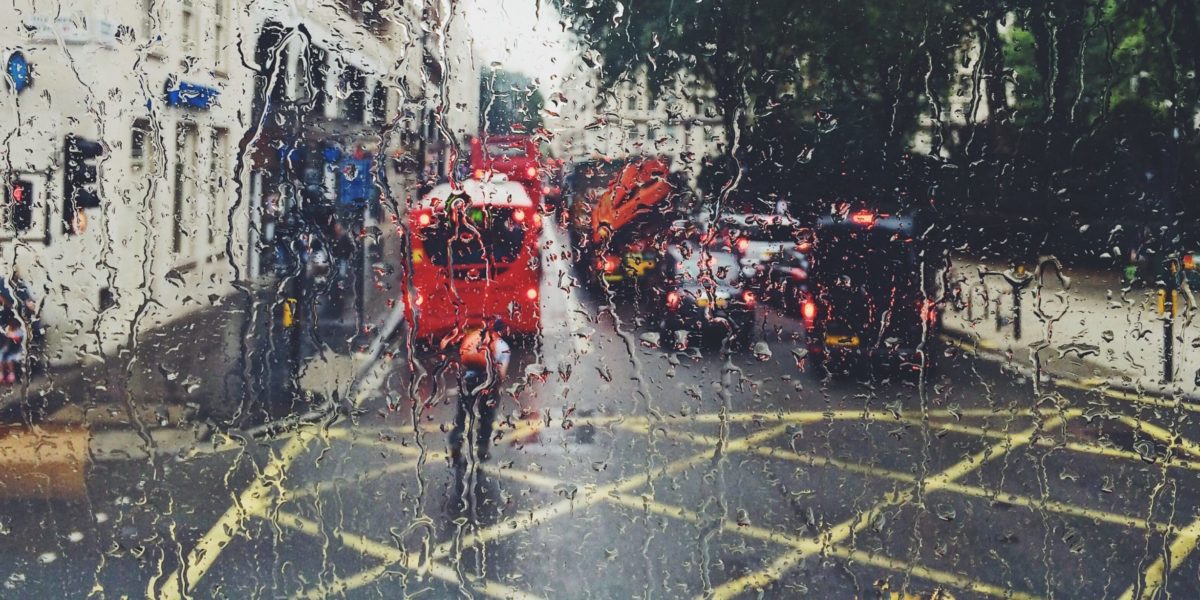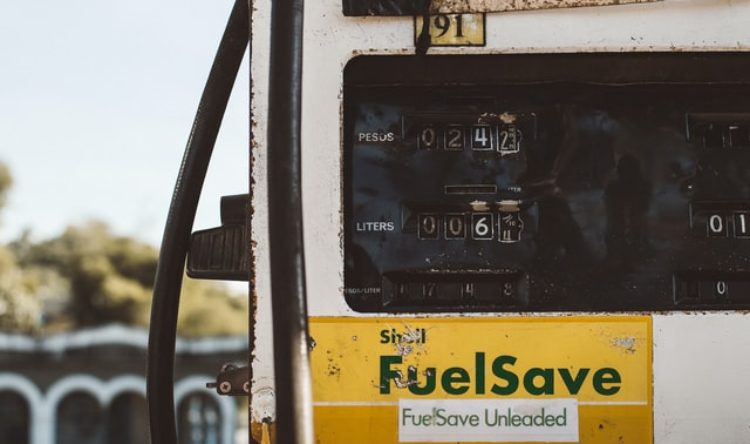Getting boxed
Yellow box junctions highlighted as oversized and unfairly costly to innocent motorists
Almost every yellow box junction of 100 analysed in London and Cardiff is too big.
That’s the conclusion of a new report by The RAC.
It is leading to countless unnecessary fines for drivers.
Wright and wrong
Sam Wright, a chartered engineer who runs the Yellow Box Guru website, was asked to carry out the research. He was formerly responsible for the design and approval of yellow boxes on Transport for London’s roads.
100 junctions were analysed in London and Cardiff. These were responsible for generating the most fines in 2019.
It was found that 98 of the 100 were larger than necessary. The average box was actually 50% bigger than needed in order to serve the primary purpose – preventing vehicles blocking the path of other crossing traffic.
More than half (53) are not under traffic light control. These could probably better use ‘keep clear’ markings to serve the same purpose, without the risk of a Penalty Charge Notice or fine.
Mellow movements
Yellow boxes play an important role in keeping vehicles moving at busy junctions. However, many are not serving the purpose in reality. Others are creating a bigger issue by being made too big for purpose, catching many motorist unnecessarily and potentially adding t congestion.
This report says there can be no justification for the wrong sized boxes. Councils can be accused of fining drivers wrongly every time they partially stop in them. However, this principle is only very loosely referred to in the current guidance, and this is leading to inconsistent compliance among councils.
Undoing the good
Wright believes poorly designed, oversized boxes create all sorts of other problems for drivers as well. Under Highway Code Rule 174, drivers must only enter boxes if they can see their exit is clear. But if a yellow box is so big, it can be impossible to see where it ends. This is exacerbated if the road markings have worn out. It means judging whether to drive into or not can be extremely difficult.
The report is calling on the Government to urgently refresh its advice to councils. There needs to be clarity in the purpose of the boxes and their design. It would ensure the boxes are used only when necessary, and according too strict unambiguous design universally.
Excuses
Yellow boxes might be too big if they were painted prior to 2016 when the regulations were last updated. What’s more, government guidance from 2022 states: ‘Enforcement action should not commence at any location where contraventions could be avoided by reasonable improvements to the highway or to traffic signs, and not until such improvements are made and appropriate monitoring has been carried out.’
The guidance was for general, smaller councils, but it is just as a relevant to councils in London and Cardiff.
This RAC-commissioned study also found a fifth of those analysed (22) may also not be compliant with the Traffic Signs Regulations 2016 as they:
- Extend beyond a junction by at least a car length – making it difficult or impossible for drivers to see where a box ends, increasing the risk of them stopping in them accidentally, and/or;
- Are in a non-permitted location such as outside a private car park or on a roundabout or gyratory that is not controlled by traffic lights, and/or;
- Cover the far side of a T junction (ruled in several adjudicator cases to be non-compliant, as again if a driver stops in this part of a box they are not affecting the passage of other traffic)
Inadequate guidance
RAC spokesperson Rod Dennis says “it is absolutely vital” boxes are designed correctly for purpose. They are “designed first and foremost with aiding traffic flow and that they don’t exist simply to raise revenue”.
These problem box junctions, “whether that’s due to an oversight”, are causing innocent driver to be fined unnecessarily.
“We fear that unnecessary penalties are going to mushroom in the coming years as more councils start enforcing yellow boxes, unless a responsible approach to the design and enforcement of them is taken,” adds Dennis.
“That’s why we need the Government to urgently issue fresh guidance to local authorities – something we have been calling for for two years now.”
Sam Wright states that the “Government has stated that ‘poorly designed schemes can undermine enforcement overall and give rise to public perception of revenue raising.’ ”
However, Wright believes the Government “needs to go further and be crystal clear with local authorities about what is acceptable and what isn’t”.
“The current official design guidance is woefully inadequate and needs to be updated.”
The penalty
On Transport for London (TfL) red routes, the penalty charge notice is £160, reduced to £80 if paid within 14 days.
In London Boroughs the penalty is £130, reduced to £65 if paid within 14 days.
The penalty in Cardiff and in other English authorities that have been granted the power to enforce, is £70.00. If payment is made within 21 days, then this is reduced to £35.






